Mon 27 Aug, 2012
LUCKY
Comments (0) Filed under: Face Powder BoxesTags: 1930s, Blind Willie McTell, Clint Eastwood, Dirty Harry, Florida Water, Frank Sinatra, Goofer Dust, Hoodoo, Hope in a Jar, Jim Morrison, Kathy Peiss, Lucky Mojo, Mr. Mojo Risin', Tho-Radia, Valmor, Voodoo, Willie Mabon
Let’s keep this party polite
Never get out of my sight
Stick with me baby, I’m the guy that you came in with
Luck be a lady tonight
A lady never flirts with strangers
Shed have a heart, she’d be nice
A lady doesn’t wander all over the room
And blow on some other guys dice…
Capricious and captivating, Lady Luck is the dame that every guy wants to meet and make his own – at least that is what Frank Sinatra had in mind when he sang LUCK BE A LADY.
Lucky face powder was made in Tennessee for women of color, and was very likely part of the tradition of hoodoo. Cosmetics were manufactured and/or distributed by companies such as Famous Products and Valmor. A contemporary company, Lucky Mojo Curio Co., adopted the abandoned trademark of Lucky Mojo for their own products, and they sell a variety of spiritual supplies.
Not to be confused with the religion of voodoo, hoodoo is folk magic practiced primarily, but not exclusively, by people of African descent. There a many synonyms for hoodoo: conjure, rootwork and witchcraft are but a few.
Sources cite homemade potions and charms as the basis for old-time rural hoodoo; however, there have been many successful commercial companies that have sold spiritual supplies which include herbs, roots, minerals, candles, incense, sachet powders, colognes and even cosmetics.
One of the colognes associated with hoodoo is Florida Water, and it is still in production today. Florida water is an American eau de cologne that varies slightly from the older European version. The American version is citrus based, but instead of lemon and necroli it relies on sweet orange with added spicy notes from clove and lavender.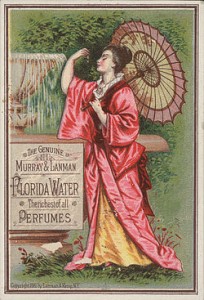
People practice hoodoo because they believe it allows them access to supernatural forces whose power they can harness to improve their lives. If you want more luck, money, love, and good health, hoodoo may be for you. As a believer in hoodoo you might expect to make contact with ancestors or other spirits of the dead, and you would recite Psalms from the Bible. The Christian tradition is strong in hoodoo, forming the basis for its worldview.
An important component of hoodoo is music, especially the blues. Examine classic blues lyrics and you’ll find evidence of the influence of hoodoo. Conjure terms like hoodoo and mojo are ubiquitous in the blues, but there are lots of lesser known conjure words too, like jinx, goofer dust, and black spider dumplings.
Goofer dust is most often used maliciously and may cause swelling in the extremities, blindness and sometimes death. Willie Mabon, in his song, I DON’T KNOW, sang: “Getting sick and tired of the way you do; good, kind mama, gonna poison you; sprinkle goofer dust all around your bed — wake up in the morning, find your own self dead.”
Goofer dust can be, but is rarely, used as a protection spell. Recipes for goofer dust vary in their ingredients which can include graveyard dirt (from a loved one), salt, pepper, ash, sulfur, and powdered bones. One of the most intriguing ingredients in goofer dust is something called anvil dust. Unless you know a blacksmith you’re not likely to find anvil dust, it is the fine black iron detritus found on a blacksmith’s floor.
A mojo is a magical charm bag used in hoodoo; essentially it is a spell or prayer in bag that you carry with you. Over the years mojo has become synonymous with sex-appeal, and for that much of the credit (or blame) goes to DOORS front man, Jim Morrison. MR. MOJO RISIN’ is an anagram for Jim Morrison.
If you have a mojo it is intensely personal belonging. It should not be seen or touched by anyone else or its magic may be lost. In the song SCAREY DAY BLUES, Blind Willie McTell sings about his gal trying to keep her mojo hidden.
My good gal got a mojo, she’s tryin’ to keep it hid
My gal got a mojo, she’s tryin’ to keep it hid
But Georgia Bill got something to find that mojo with.
Cosmetics are a modern woman’s mojo. The magic inherent in the lure of cosmetics can be compared to the appeal of magic potions concocted by believers in hoodoo. Both cosmetics and hoodoo rely on a fundamental belief that they can work miracles. Consider the juxtaposition of cosmetics and hoodoo – a faithless lover brought home, an unwanted wrinkle removed.
In her book HOPE IN A JAR, Kathy Peiss describes how women throughout the ages have created cosmetics and passed the recipes to daughters, neighbors and friends – no different than hoodoo charms and spells passed from person to person.
To paraphrase Clint Eastwood from the film DIRTY HARRY, “But being as this is Alpha Lipoic Acid, the most powerful antioxidant in the world, and would blow your wrinkles clean off, you’ve got to ask yourself one question: Do I feel lucky? Well, do ya?”
If you’re feeling especially lucky, find an old jar of Tho-Radia, a radioactive face cream! Yes, I said RADIOACTIVE!! Tho-Radia was a line of cosmetics that was introduced in the early 1930s by a pharmacist, Alexis Moussali and a Parisian doctor, Alfred Curie (no relation to Pierre or Marie).
So, ladies, apply the balms, creams, and potions – and let the magic begin.
NOTE: If you are interested in learning more about Hoodoo, you may want to check out HOODOO & CONJURE QUARTERLY.
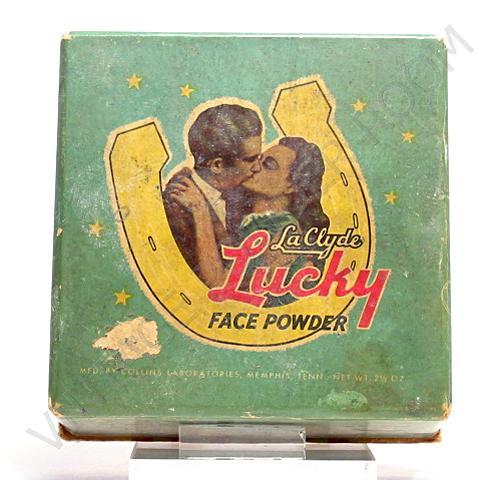










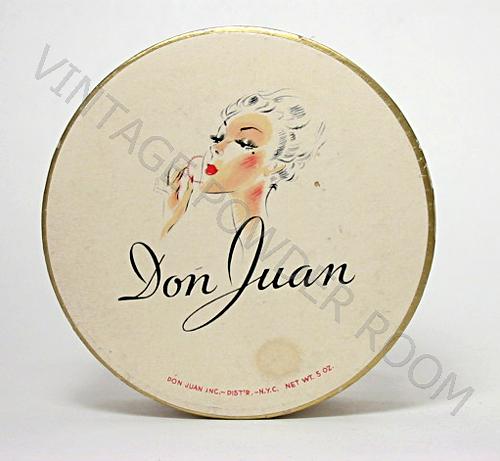

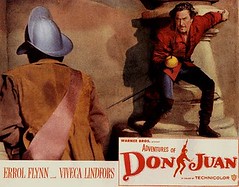
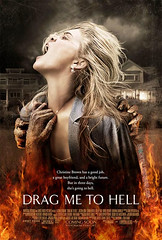


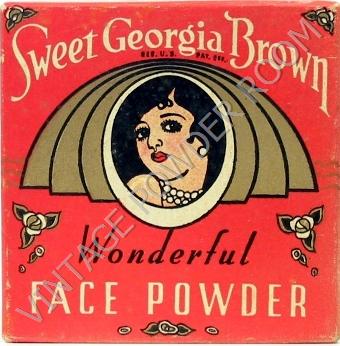
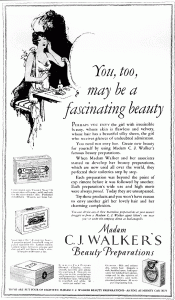


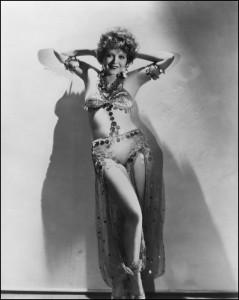

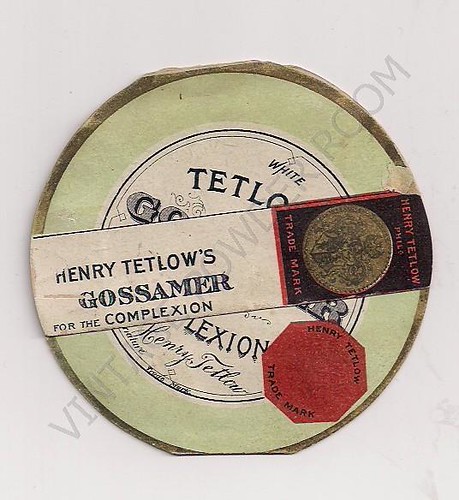
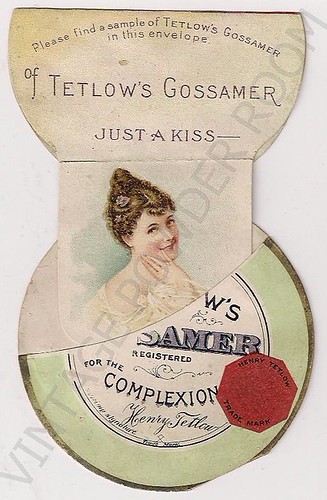
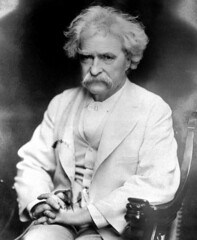
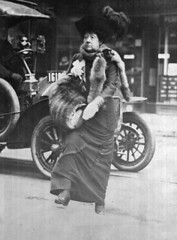
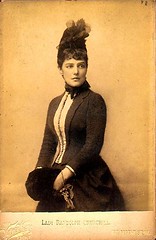


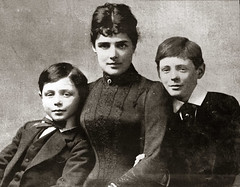
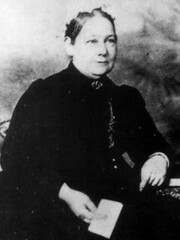
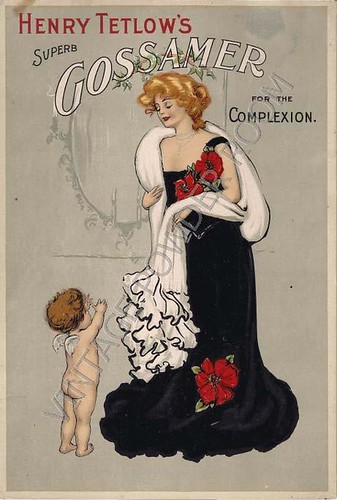


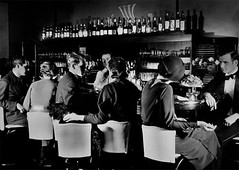

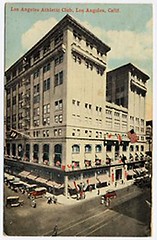
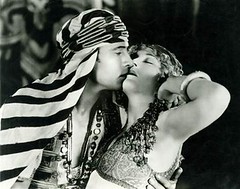
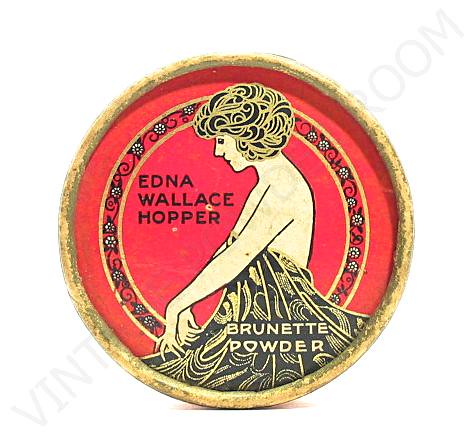
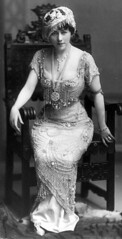
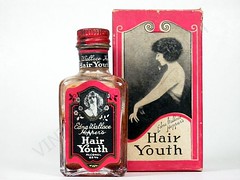
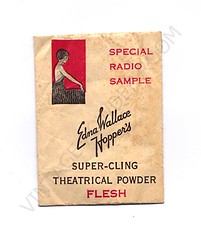
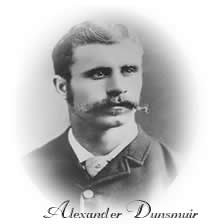
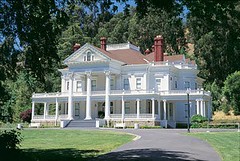
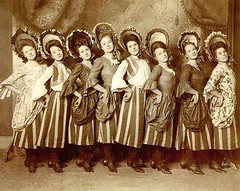
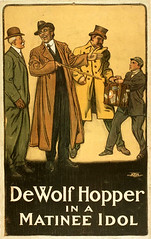
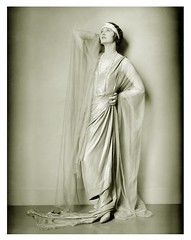
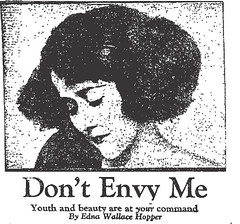

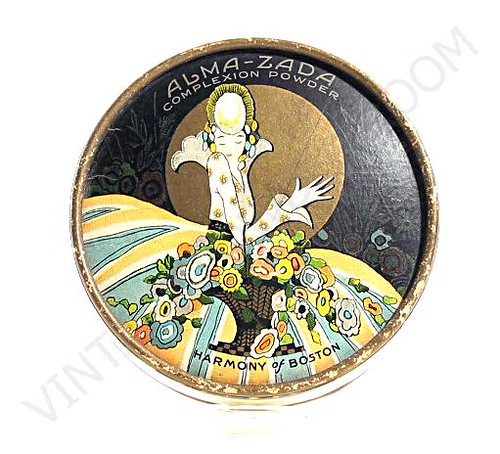
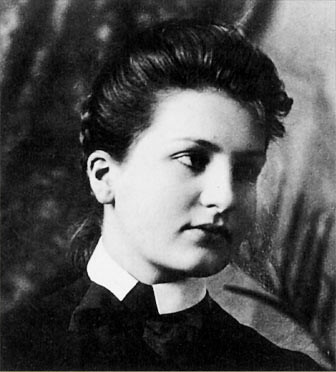

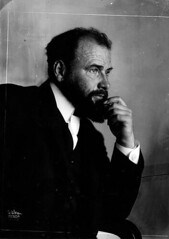


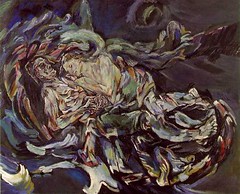
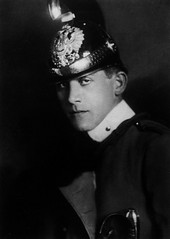
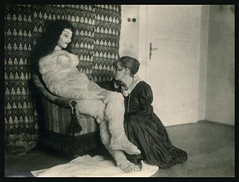
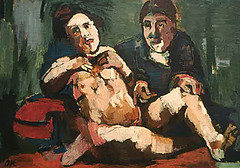
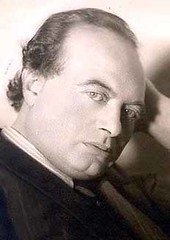
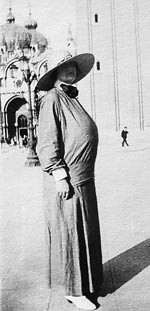
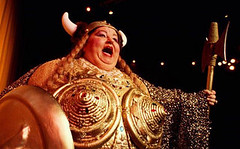
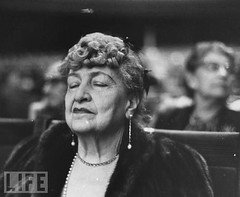
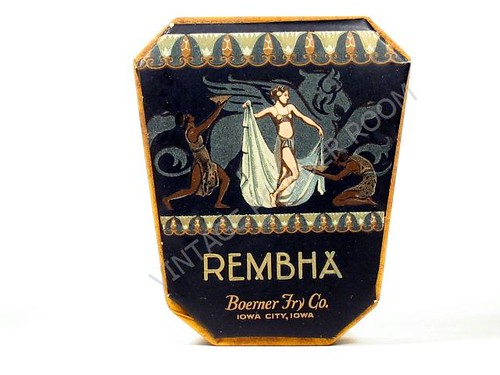
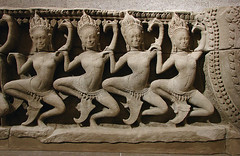
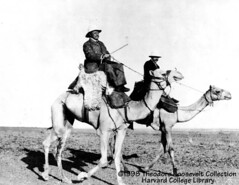
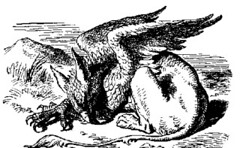


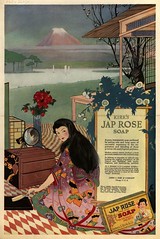
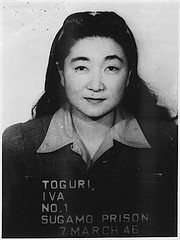 None of this meant much to Iva Ikuko Toguri D’Aquino, or as she would forever become known, Tokyo Rose.
None of this meant much to Iva Ikuko Toguri D’Aquino, or as she would forever become known, Tokyo Rose. 

